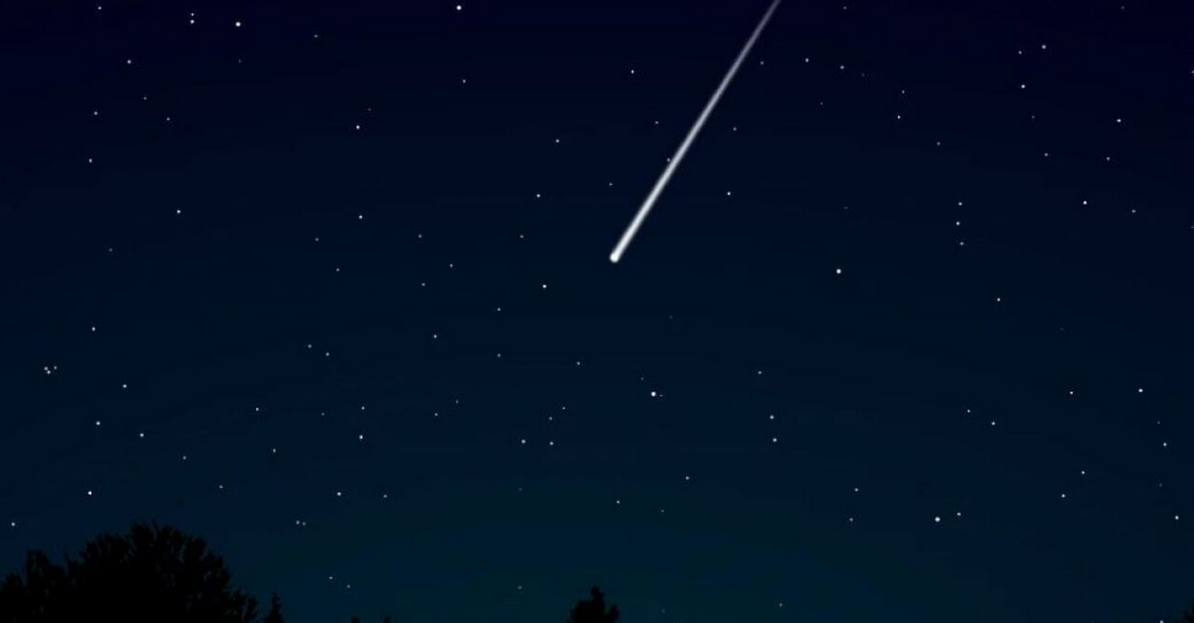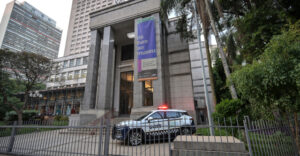November 1833. As the night skies exploded and the stars fell on America’s Deep South, the slavers on one plantation in Tennessee – terrified of the end of the world – attempted to make restitution to those they had enslaved.
Every year, in mid-November, the Earth passes through the Leonids, a huge meteor cloud left behind by the Comet Tempel-Tuttle. Each year sees impressive displays, with certain nights offering particularly spectacular meteor showers.
It is 186 years since the Leonids put on that striking show over the US south, and it is still remembered there as “The Night the Stars Fell”. The 1930s jazz standard Stars Fell on Alabama immortalised the night.
“On the night of November 12th to 13th, 1833,” wrote Victorian astronomy writer Agnes Clerke, “a tempest of falling stars broke over the Earth.
“The sky was scored in every direction with shining tracks and illuminated with majestic fireballs. At Boston, the frequency of meteors was estimated to be about half that of flakes of snow in an average snowstorm. Their numbers … were quite beyond counting; but as it waned, a reckoning was attempted, from which it was computed, on the basis of that much-diminished rate, that 240,000 must have been visible during the nine hours they continued to fall”.
Magna Graecia’s Legacy: The stories of Italy’s ancient Greek colonies (video)
In Alabama, the Florence Gazette reported there were: “thousands of luminous bodies shooting across the firmament in every direction.
“There was little wind and not a trace of clouds, and the meteors succeeded each other in quick succession”.
Several Native American nations noted the celestial drama, with the Lakota people resetting their calendar to commemorate the occurrence. Along the banks of the Missouri river, Mormon refugees, driven from their homes by settlers, watched as the stars fell, while Joseph Smith, founder of the Church of the Latter-Day Saints, recorded the event in his diary as a sign that the second coming of Christ was at hand.
Read more: Irish Times
Ask me anything
Explore related questions





